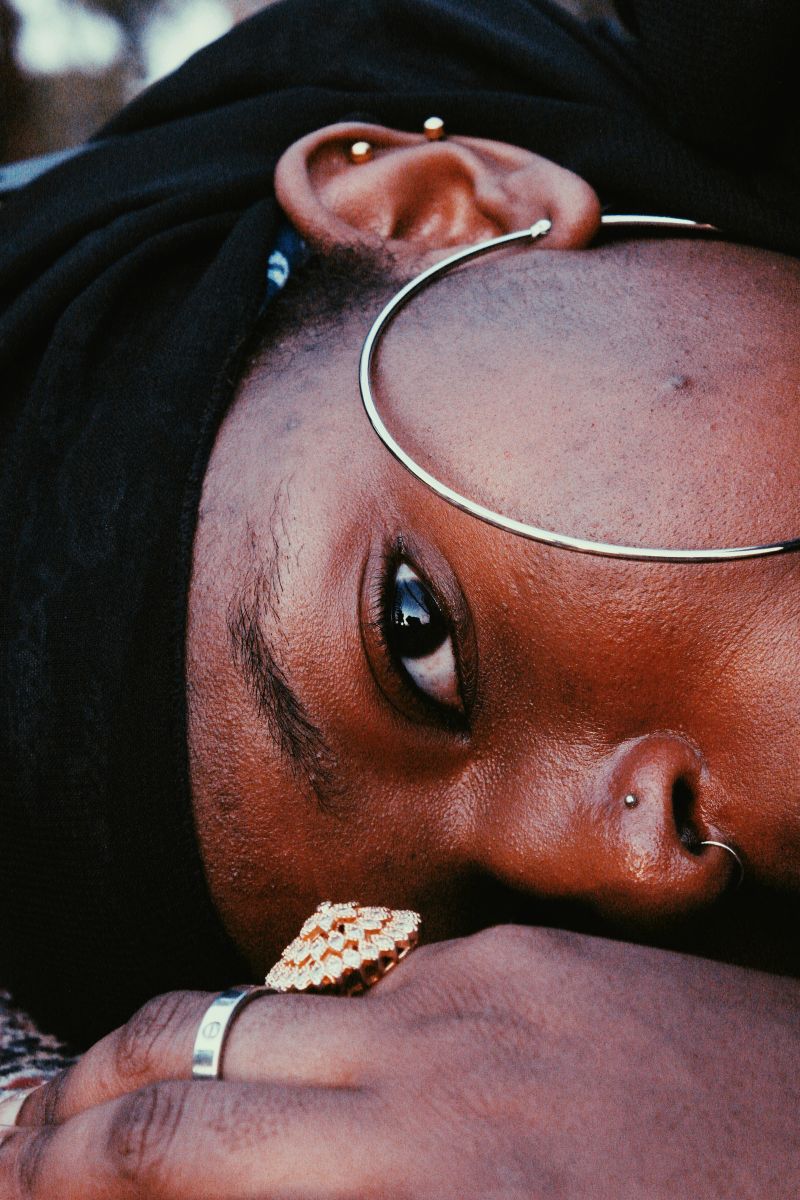Did you know that body piercing dates back to ancient times and served many purposes beyond aesthetics? Different regions and groups practiced piercing for cultural heritage, beliefs, and other reasons. Let's explore the fascinating history of body piercing and why people from various civilizations used to embrace it.
Body piercing, the art of making perforations in body parts to adorn them with jewelry, has been a source of pleasure and cultural significance for many. People pierce their bodies for various reasons, including religion, culture, and personal preference. While earlobe piercing for earrings is common, especially in Indonesia, body piercing encompasses a much broader spectrum and has been practiced since ancient times, far beyond the familiar earlobe.

Body piercing has a rich history spanning the globe, with people from different cultures and eras engaging in this practice for diverse reasons, such as religion, aesthetics, and even sexual expression. Many individuals today proudly display their piercings adorned with beautiful and captivating jewelry. However, in the Victorian era, piercings were often concealed. In Ancient Egypt, piercing was considered a serious offense punishable by death, reserved only for the Pharaoh's family.
An astonishing archaeological discovery in 1991 revealed a mummy known as Otzi, estimated to have lived around 3,300 BC. This mummy, found on the border of Austria and Italy, had pierced ears with openings ranging from 7 to 11 millimeters in diameter. The practice of ear piercing dates back over 5,000 years. During the reign of King Tut in Ancient Egypt (circa 1332-1323 BC), ear piercing was a cultural norm.
In 16th-century Britain, piercings became symbols of status and wealth. Nose piercing, on the other hand, has deep cultural roots in Africa and the Middle East. This practice eventually made its way to India during the same century. In Indian culture, women pierce their noses on the left side to alleviate pain during menstruation and childbirth. Some tribes even opt for piercings in the middle of the nose or between the nostrils.
In ancient times, the Aztecs, Mayans, and Incas practiced nose piercing as a symbol of water and the Sun God. This tradition is still alive among the Cuna Indians in Panama, who adorn their nose piercings with gold or jade. Additionally, the Aztecs and Mayans engaged in tongue piercing for ritual blood sacrifice ceremonies during the 14th and 16th centuries.
The historical, religious, cultural, and customary significance of body piercing has inspired artists and individuals alike, turning it into a fashion trend that remains popular today. From its humble origins, piercing has become an art form cherished by many for its rich history and diverse cultural influences.

